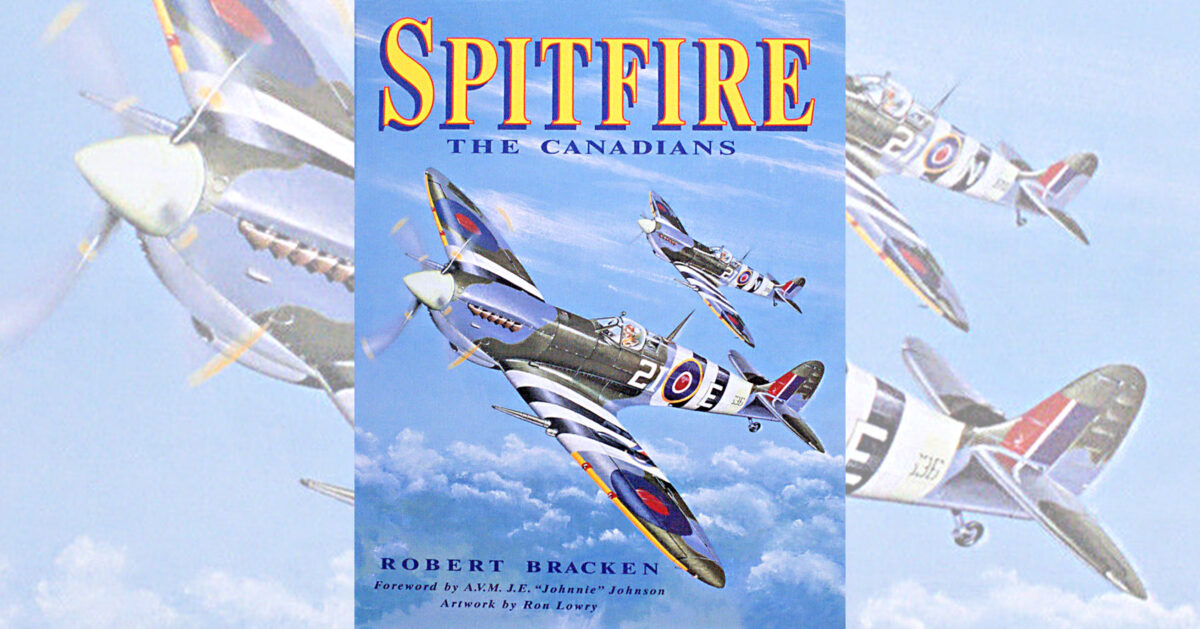Spitfire: The Canadians, by Robert Bracken, Boston Mills Press, Erin, On- tario, Canada, 1995, $39.95 Canadian, $32 U.S.
Not everybody regarded the Supermarine Spitfire as the best fighter of World War II. Even those who did not, however, feltprivileged to have flown it, or wished that they could have. Such was the persona of the charismatic British fighter whose sleek,shapely thoroughbred lines and exhilarating performance gave substance to a legend.
In Spitfire: The Canadians, Robert Bracken focuses on the experience of flying the Spitfire, both in and out of combat,through the recollections of those Canadians who had the good fortune to take its controls, either as members of the Royal AirForce or the “400-series” squadrons of the Royal Canadian Air Force.
The first-person accounts that Bracken has compiled are commendably comprehensive. There are various accounts ofdogfights over Britain, Dieppe, Anzio and Normandy, service over the jungles of Burma, and encounters with–and victoriesover–German MesserschmittMe-262 jet fighters. Marion Orr, a pilot of the Ferry Command’s Air Transport Auxiliary, gives a female perspective on flyingthe Spitfire, while Canada’s leading ace, the late George Beurling, describes the “system” that gained him 31 aerial victories. Inone of the most unusual chapters, Denny Wilson, a Canadian volunteer in Israel’s 101 Squadron in 1948, describes how hewas credited with downing an unarmed Egyptian plane whose pilot bailed out upon sighting him (not knowing that Wilson’sSpitfire had no ammunition at the time), along with the two more “legitimate kills” he scored thereafter–the last of which wasover an Egyptian Spitfire.
Profusely illustrated with photoraphs, most of them from the pilots’ own alums, Spitfire: The Canadians also satisfies thetechnical enthusiast, artist or modeler with three-view plans of the major marks and a multitude of paintings and side profiles ofindividual color schemes by Canadian aviation artist Ron Lowry. Those unfamiliar with Canada’s considerable contribution toWorld War II will find the book enlightening, while air enthusiasts who long for the vicarious experience of flying the “Spit” willfind these collective memories the closest thing to sitting in the cockpit.
Although few Spitfire pilots would claim that it was the perfect flying machine, all of those who mastered its minor eccentricitiesremember it with unreserved affection. Speaking for virtually all of her colleagues, Marion Orr remarked, “Spitfire was aperfect name for that aircraft and there will never be another like it.”





